The Pros and Cons of Cedar Siding vs. Fiber Cement Siding
We usually obtain questions from local area house owners that need to replace their wood siding, and are trying to choose whether to stick to cedar or to reside their entire home using fiber cement siding.
Actually, both are terrific alternatives for that conventional American look of clapboard or tile design siding. But which one is truly ideal for you?
Cedar siding is generally made from Western Red Cedar, but occasionally White Cedar is utilized. It can be used in the form of horizontal lap panels or typical shingles or “trembles.” It can be painted or treated with tarnish, oil, or even left neglected.
Fiber cement siding, like James Hardie Siding is a synthetic product made from a composite of sand, cement, as well as cellulose fibers, compressed to form slabs or tiles. It comes primaried as well as repainted, however could additionally be painted after setup.
Each has its own benefits, so there are a variety of points you ought to remember:
Cedar Siding Aesthetics
- Cedar siding can be found in several designs, consisting of lap siding, bevel, and typical cedar trembles or shingles.
- You could also obtain a modern, smooth appearance with tongue-and-groove panels, or a rural look with board-and-batten.

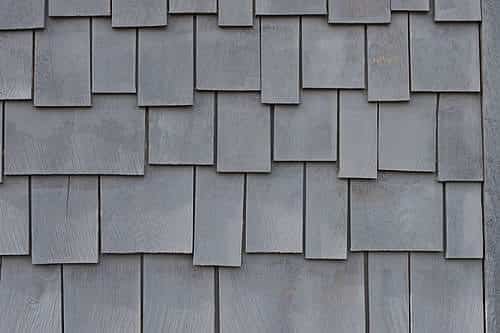
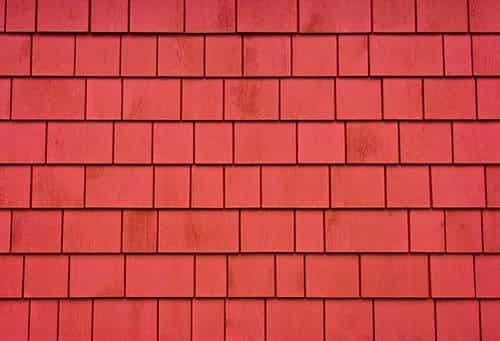
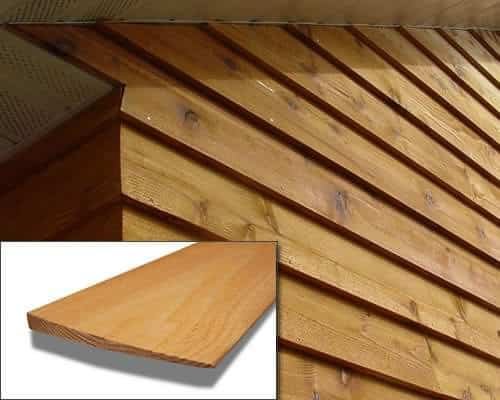
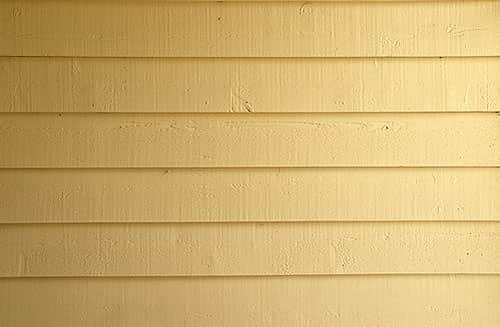
Fiber Cement Siding Visual Appeals
Some homeowners like the look of weathered White Cedar, and leave it untreated to tackle a silvery aging with time. Fiber cement could only replicate the look of painted wood. Like cedar, fiber concrete can be made use of to attain numerous styles such as lap or clapboard, roof shingles, and also board-and-batten. It likewise is available in different coatings that imitate timber grain, from a contemporary smooth finish to a more rustic rough-hewn look.

Look at several of the close ups, and see just how well fiber cement stacks up against timber … Fiber cement does a good work of replicating the look of real wood. If you analyze it extremely carefully, you may see that the grain is probably a little too even and exact to be actual wood siding.
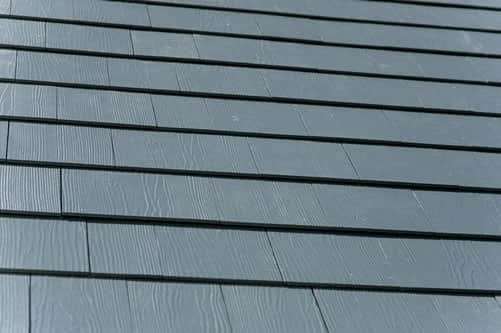
But from curbside, it looks a lot like wood that it’s virtually impossible to tell the difference.

Actually, it’s been accepted to change wood siding in Historic Areas around the USA — Take a look at some of the close ups, and see how well fiber cement stacks up against wood…
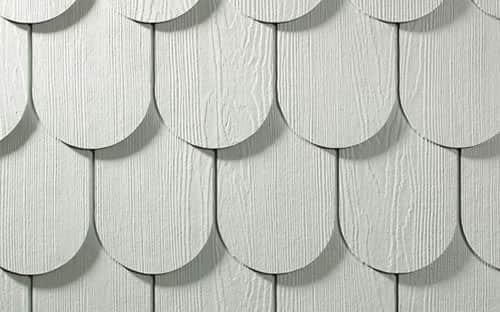

With the virtually maintenance-free toughness of fiber cement, you will end up conserving many hundreds of dollars over the long term. So make sure to factor in the long-lasting expenses of cedar when making your decision. You ought to additionally keep in mind that the upkeep called for with cedar siding adds thousands to the general expense. You will should repaint or discolor cedar siding every 3-5 years, as well as periodically repair or replace the shingles or panels. Neither timber siding or fiber cement are the most inexpensive choices in residence siding. Fiber cement generally costs somewhat more than vinyl siding.
Longevity & Maintenance
Fiber concrete is extremely low-maintenance and needs only a routine washing with a hose. The paint coating on
James Hardie siding is ensured not to discolor or chip for 15 years.
Repaint will certainly should be scraped and also painted every 5 years, while stain needs to be reapplied every 3 years. Fiber cement is likewise really durable. Due to its concrete material, it is unsusceptible termites, woodpeckers as well as other insects. That’s why hurricane as well as hurricane vulnerable areas in the U.S. specify making use of fiber cement siding in their building regulations.
With cedar, one of the most important thing is to reduce direct exposure to dampness which could cause rot. It stands up to rotting, bending, and also cracking. It will endure extreme weather condition including rain, snow, hailstorm, warm sun, as well as hurricane-force winds.
With proper upkeep, cedar siding can last for several years. Cedar is a very long lasting types of wood that stands up to rot and pests much better than other sorts of timber. This indicates you must maintain a coating layer of either paint or tarnish to secure the wood versus the aspects. Cedar is vulnerable to woodpeckers that will certainly drill openings in wood siding, permitting insect as well as wetness penetration– not good.
Fire Safety
Fiber concrete will certainly not will certainly not ignite when revealed to direct flame or severe warm, and has actually been ranked for fire-resistance rated building and construction (ASTM E119).
In the event of fire, your choice of siding could make a difference to the amount of damages to your home. Cedar siding will fan to the flame, unless the cedar has been particularly dealt with to be fire-retardant.
Eco-Friendliness
Although, it’s good to make sure that the cedar you select isn’t really from old-growth lumber. Pick wood that has actually been accredited by the Woodland Company Council (FSC) to lessen impact on woodlands. Fiber cement is authorized for use in LEED ® ranked buildings.
Fiber cement is made from unreactive materials (sand, cement, cellulose fibers, and also water) that are sustainable and will not release toxic substances into the atmosphere. Some CO2 exhausts take place during the production of fiber concrete. However its resilience likewise requires fewer information for replacement and upkeep.
Timber is naturally degradable, so it will not be sitting around in a landfill for hundreds of years. It additionally requires less power to create compared to artificial options, like plastic siding. Both wood as well as fiber cement are an excellent option for “eco-friendly” siding.
The Decision
So which kind of siding product should you select? The reality is, the solution is various for everyone. Yet in our experience as trusted exterior house enhancement service providers in the Chicagoland area, we advise James Hardie fiber concrete in the majority of circumstances.
Your residence is an investment, and also although cedar might supply an unique aesthetic allure, we think fiber concrete supplies the most effective long-term worth for your money.
We mount all kinds of siding, as well as we see how well they hold up throughout the years. It’s clear to us that it’s the very best selection when you think about every one of the options.
Check out our page on James Hardie Fiber Cement Siding
Here are a few more articles we are recommending for you.
- Do You Need James Hardie Siding Repair?
- James Hardie Chicago Siding by A.B. Edward Enterprises, Inc.
- Create Your Ideal Outdoor Space with James Hardie Siding Chicago
- Chicago Siding by James Hardie


